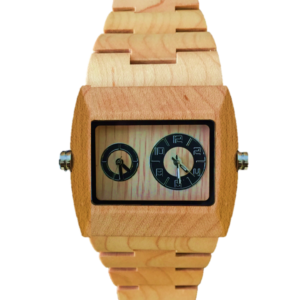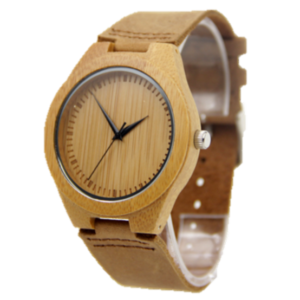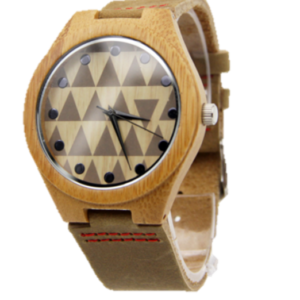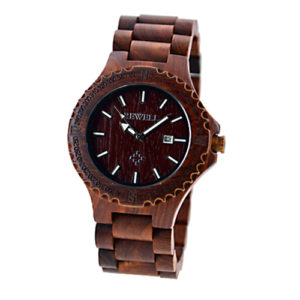Quartz watch movement
You trust your watch to keep accurate time and as long as your watch battery is in good shape, it will. (If you do need a watch battery replacement let us know here at WatchGnome!) But do you know how it manages to keep ticking away accurately all the time? It's the watch movement that makes it happen. You may occasionally hear to this referred to as your watch's "calibre" as well.
The watch calibre
The movement of your watch is the powerhouse that makes the whole timepiece function correctly. This ranges from moving the hour, minute & second hands to any additional features your watch may have like a chronograph, date, calendar or alternate timezones.
Types of watch movement
Nearly every watch manufacturer ranging from Timex and Invicta to Tag Heuer and Rolex have proprietary movemet technology, but in general, most watch movements fall into two categories:
- Quartz watch movement
Quartz movements overall are very accurate and require minimal maintenance. (Other than watch battery repair) They are also usually lower cost since they are battery powered and have few moving parts. Many watch enthusiasts find Quartz watches less desireable than mechanical watches because they lack the technical craftsmanship and engineering of mechanical timepieces. Quartz movements in high-end Swiss watch brands, such as Patek Philippe, are designed to comply with their strict quality standards. - Mechanical watch movement
Luxury watches usually choose mechanical watch movements over quartz movements because of the level of quality and craftsmanship it requires to design and produce them. They are skillfully created by expert watchmakers and these watch movements contain an intricate series of tiny components working together to accurately power the timepiece.
How quartz watches work
A quartz movement utilizes a battery as its primary power source and is typically the type of movement that you will find in your standard everyday use watch. To keep the time, a watch battery sends an electrical current through a small quartz crystal, and once electrified, the quartz crystal virbrates. The quartz crystal oscillates at a precise frequency of 32,768 times each second. The circuit inside the watch counts the number of vibrations and uses them to generate precisely timed electric pulses that occur once a second. These pulses can either power the screen of a digital wach or a small electric motor that turns your watch's second, minute, and hour hands.
How can I tell if my watch is Quartz or Mechanical watch movement?
Frankly, the easiest way is to look it up on the internet, but there is a much more interesting way to determine which movement your mechanical watch has.
- Look at how the second hand moves
- If it moves precisely once per second in a "tick - tock" fashion, it's a quartz movement watch. This individual tick motion is a result of the precisely timed quartz oscillation counting
- If your watch's second hand is moving in a more sweeping, consistent motion - with multiple movements per second, your watch is most likely a mechanical movement
At the end of the day, an accurate watch will perform it's function and help you stay on time, but here at WatchGnome it's the details and intrigue that matter to us. It doesn't matter whether a watch is a $20 everyday wearer or a 10,000 once a year showpiece, we love them all and want to keep them running perfectly!
Products
-
 Bewell Wooden Watch: Maple Rex
Rated 5.00 out of 5
Bewell Wooden Watch: Maple Rex
Rated 5.00 out of 5$78.98Original price was: $78.98.$49.98Current price is: $49.98. -
 Bamboo Watch: Precision
Rated 4.67 out of 5
Bamboo Watch: Precision
Rated 4.67 out of 5$78.98Original price was: $78.98.$39.98Current price is: $39.98. -
 Bamboo Watch Collection
Rated 4.00 out of 5$39.98
Bamboo Watch Collection
Rated 4.00 out of 5$39.98 -
 Bewell Wooden Watch: Mens Red Sandalwood W086A
Rated 4.67 out of 5
Bewell Wooden Watch: Mens Red Sandalwood W086A
Rated 4.67 out of 5$78.98Original price was: $78.98.$49.98Current price is: $49.98. -
 Bewell Wooden Watch: Maple Sandal Wood
Rated 4.00 out of 5
Bewell Wooden Watch: Maple Sandal Wood
Rated 4.00 out of 5$78.98Original price was: $78.98.$49.98Current price is: $49.98.


